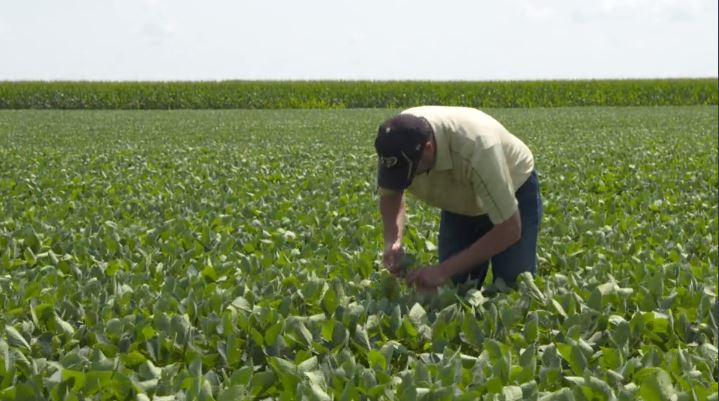Declining Commodity Prices Not The End Of The World
 To refute Chicken Little, the sky is not falling. Last week, I spent some time in Manitoba talking with ag retailers and growers at a Wolf Trax-sponsored tour of agriculture in the Canadian province. In between touring grower operations, research fields and a communal farming colony, much of the talk centered on the recent fall in commodity prices taking place in the U.S. Many of the attendees were near panic stricken that corn futures were trading in the mid-$4 per bushel range and soybean futures had dropped below $12.
To refute Chicken Little, the sky is not falling. Last week, I spent some time in Manitoba talking with ag retailers and growers at a Wolf Trax-sponsored tour of agriculture in the Canadian province. In between touring grower operations, research fields and a communal farming colony, much of the talk centered on the recent fall in commodity prices taking place in the U.S. Many of the attendees were near panic stricken that corn futures were trading in the mid-$4 per bushel range and soybean futures had dropped below $12.
When these individuals asked me my thoughts on this matter, I replied with one simple word.
And?
I’ve covered the agricultural marketplace for 13 years now. In the time, I’ve witnessed a seemingly endless cycle of commodity price ups and downs. Heck, in 2000 when I first started working at CropLife magazine, corn regularly traded in the $2.50 per bushel area and soybeans were around $7.50. Back then, the prospect of $4 corn and $10 soybeans would have been cause for celebration. Today, however, following roughly four years of near-steady prices of $7 corn and $15 soybeans, any prices less than these are viewed as something of a disaster.
But if there’s one take-away from my time spent in agriculture, it’s that this industry is very resilient and adaptive to whatever changes come its way. So I have no doubt whatsoever that the majority of ag retailers and their grower-customers will continue to make money from agriculture, regardless of the commodity prices points. After all, with the world’s population expected to hit nine billion in the next few decades, commodity prices will inevitably go back up.






